TarraWarra Museum of Art
About the individual or institution nominating:
1) Name and Surname of the individual submitting the nomination:
Charlotte Day
1.1) Institution submitting the nomination:
About the practice, project or institution nominated:
2) Name of the institution nominated:
TarraWarra Museum of Art
2.1) Name of the director of the institution nominated:
Dr Victoria Lynn
2.3) Name of the institution, practice or project nominated:
The Soils Project
3) Argue in one sentence why you think the project you nominate is outstanding and could serve as an example for the entire community of modern and contemporary art museums.
The Soils Project can serve as an important new model for sustainable collaboration and content development between international organisations.
3) Description of the practice or project. (max. 500 words)
Excellence in innovation:
The Soils Project is an innovative project at all levels. It is a joint curatorial collaboration between TarraWarra Museum of Art, Struggles for Sovereignty and the Van Abbemuseum, that has been undertaken over the last 5 years, and will continue into the future. It has involved three public webinars in early 2022, a workshop on site in Healesville, Australia in October 2022, which both led to the exhibition at TarraWarra Museum of Art in 2023. It is driven by a collective desire to explore the entangled histories of colonialism linking the Netherlands, Australia and Indonesia and the devastating effects these have had in the destruction of communities and ecologies in each context. As SfS say in the catalogue: “Given the role of art and its institutions in the reproduction of western modern ways of knowing, seeing and inhabiting the earth, we approached this project from and understanding that the inherently interconnected nature of colonialism and ecological destruction cannot simply be approached as a theme or issue, but must be enacted and embodied in our ways of working”. While this is not an easy task, The Soils Project has navigated the diverse financial, racial and colonial histories of each local site, along with pluriversal knowledges, to create an excellent, thought provoking and challenging exhibition.
Accessibility and public exchange:
The exhibition has provided access for remote communities in East Kalimantan, Central Sulawesi, East Java and the Wandoon Estate Aboriginal Corporation to meet in person and learn about their respective struggles for land sovereignty and preservation of indigenous languages through creative practice. Moreover, resources were provided to these communities to counter the uneven privileges amongst the group. In addition, there has been an extended exchange of knowledges between the three countries involved, including the Iku people in Columbia via the Pluriversity Collective in Amsterdam. The public have been taken on a journey via the webinars, and through public programs at the Museum, including in person presentations by Dutch, Indonesian and First Nations practitioners. In addition, a communal painting was created by Institut Mosintuwu artist Mama Martince and the public which will be gifted to the Wandoon Estate Aboriginal Corporation.
Sustainability:
Sustainability for TarraWarra is embedded in their long engagement with the local First Nations community, the Wurundjeri, and the descendants of Coranderrk Aboriginal Station (1863-1924). To care for Country, and nurture the soil, this exhibition shows that First Nations knowledge systems are paramount to any discussion of sustainability moving forward. The First Nations artists in this exhibition reclaim the ‘view’ of their land. Soil is of the earth, it is communal, cultural and spiritual. Soils is both specific and global. The Soils Project artists/groups have created an inspirational group of artworks that speak quietly but movingly about both struggle and hope.
4) Images:
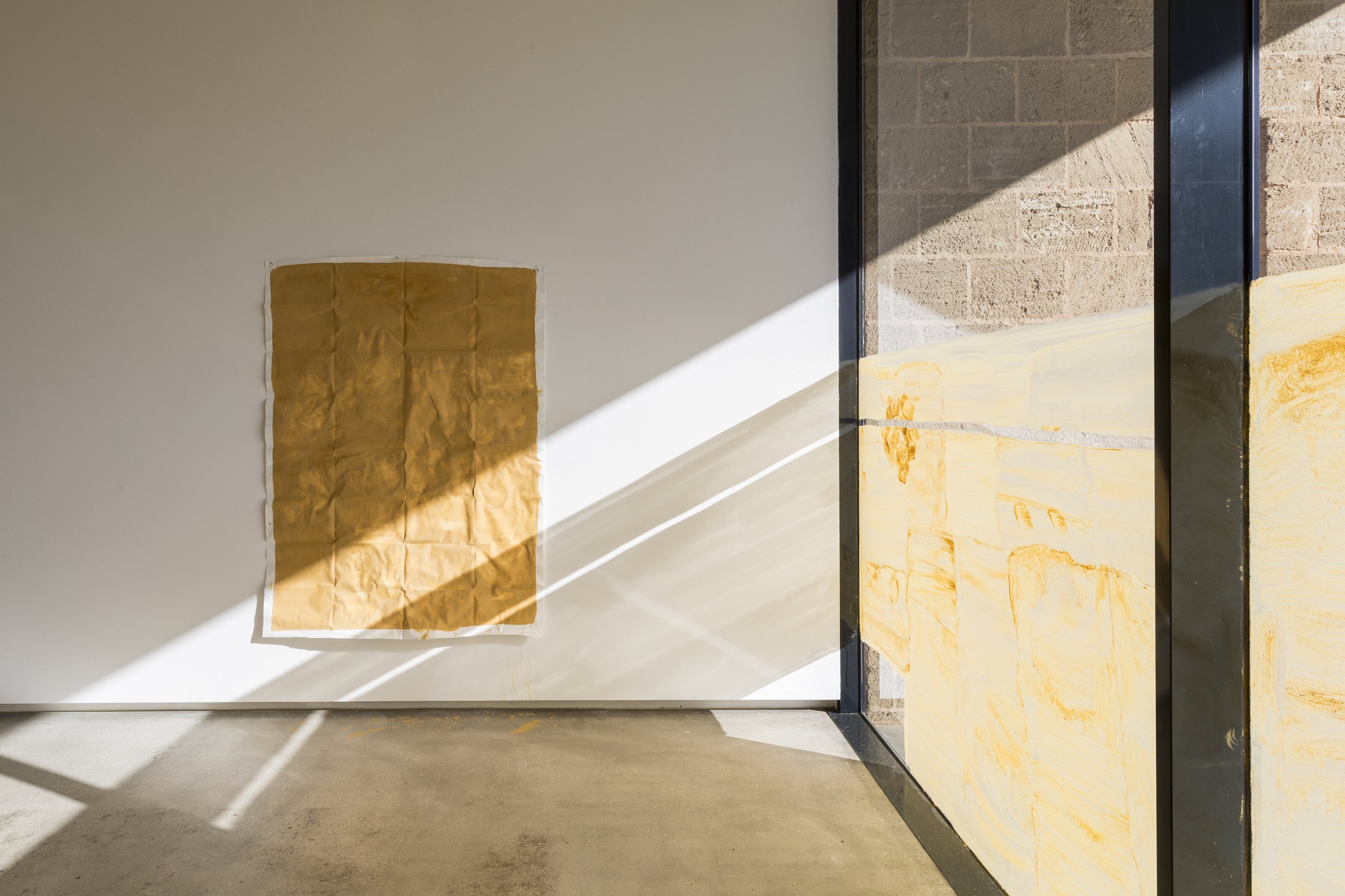
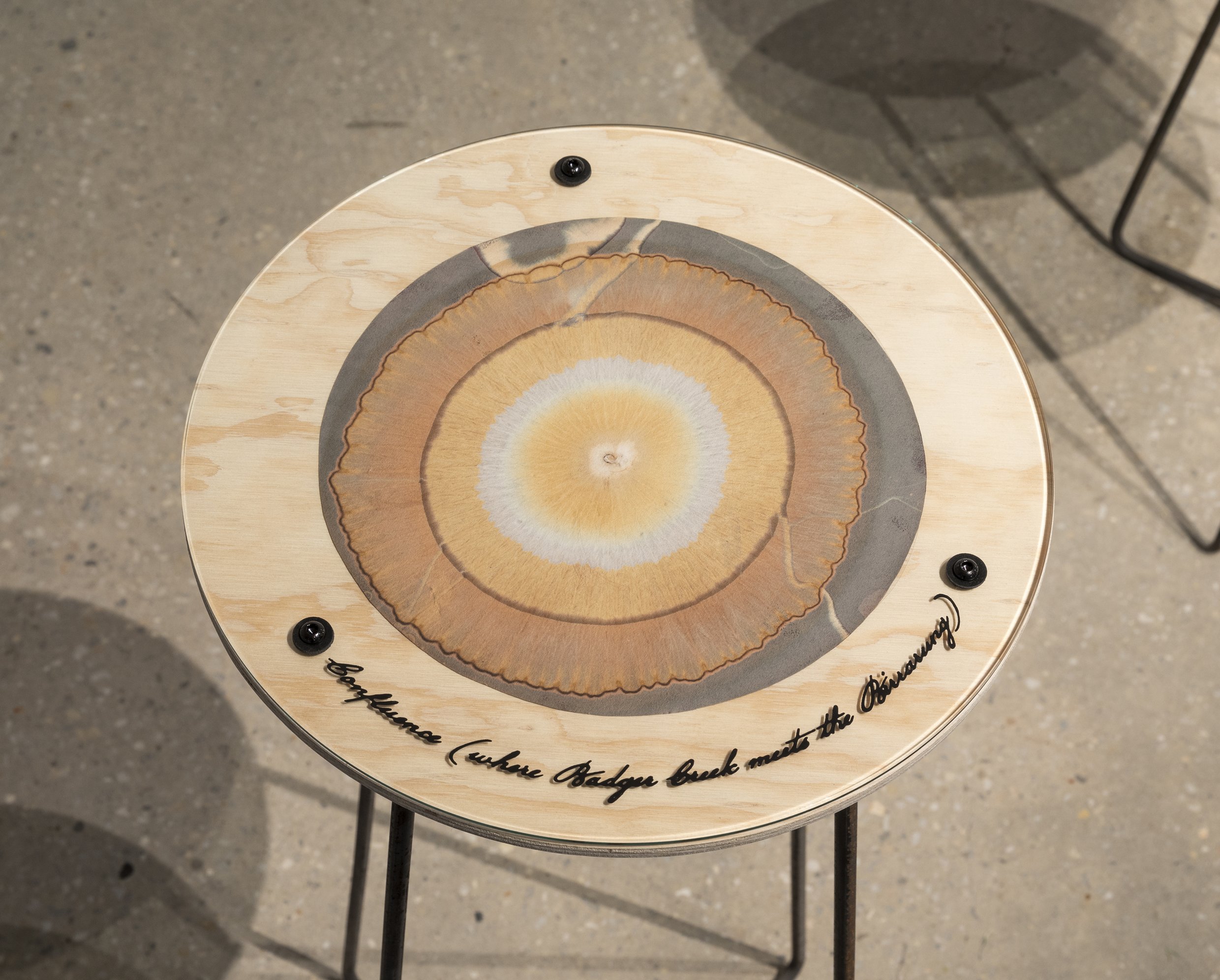
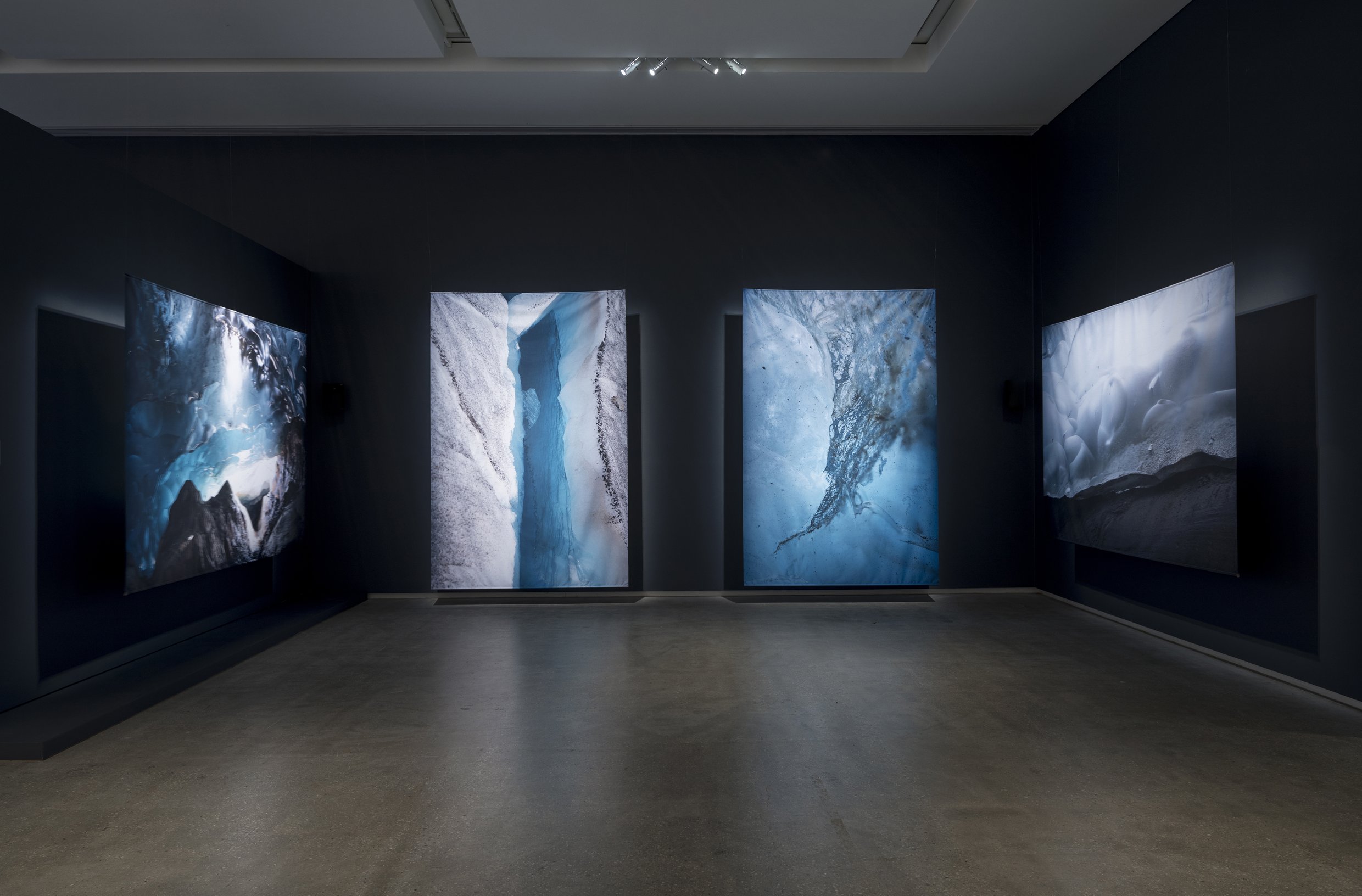
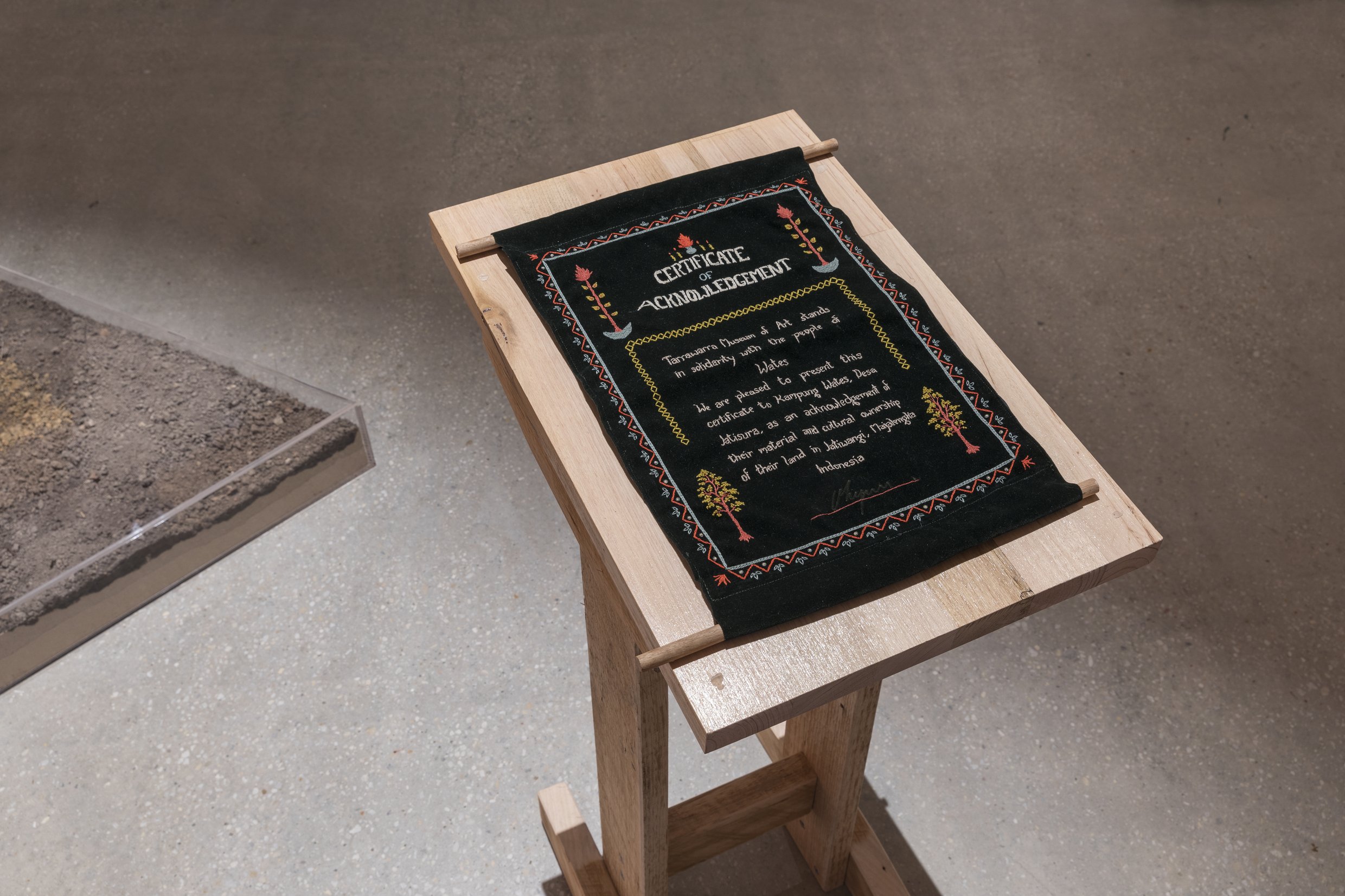
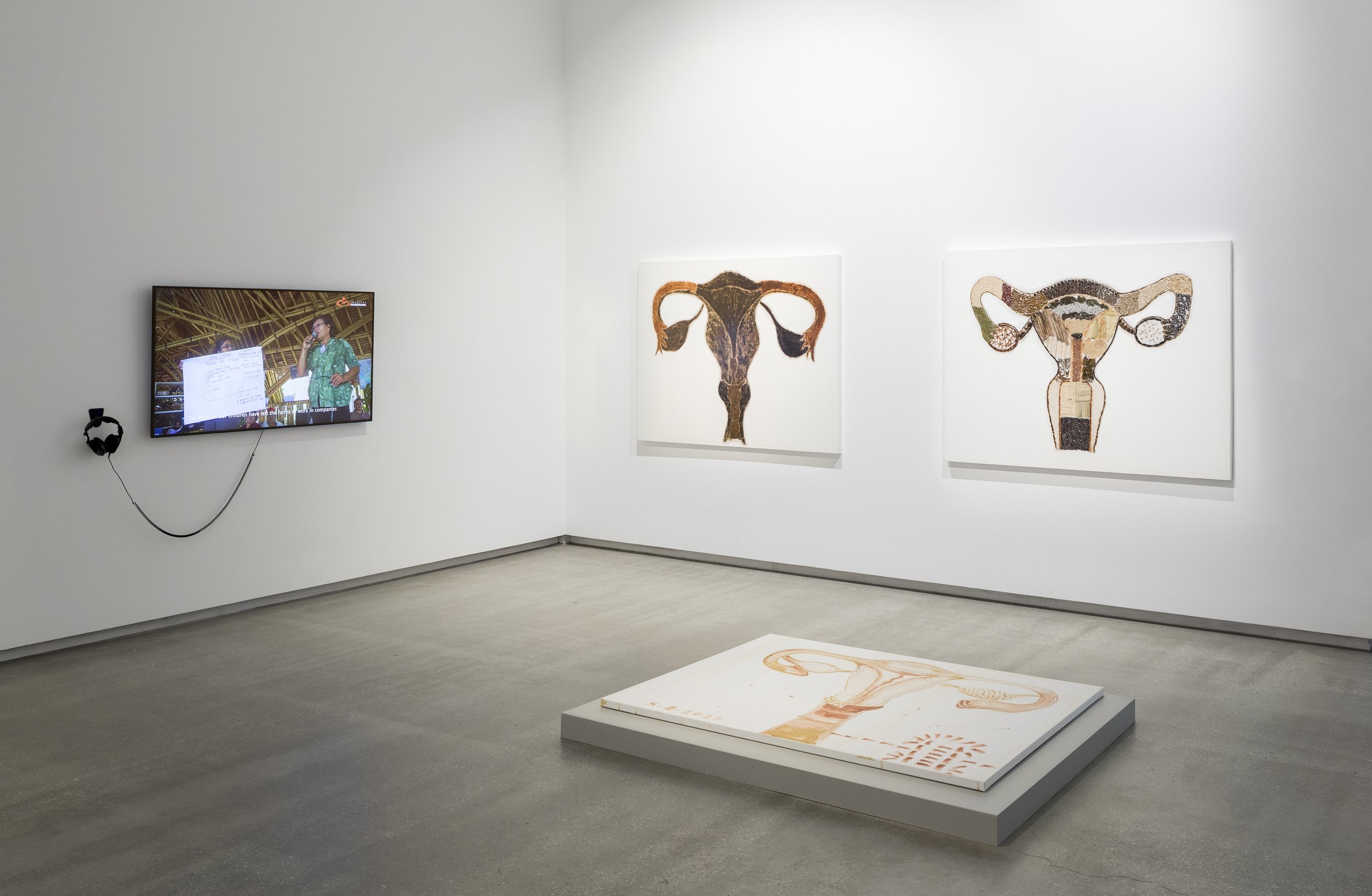
5) Provide links to the institution website as relevant support material: